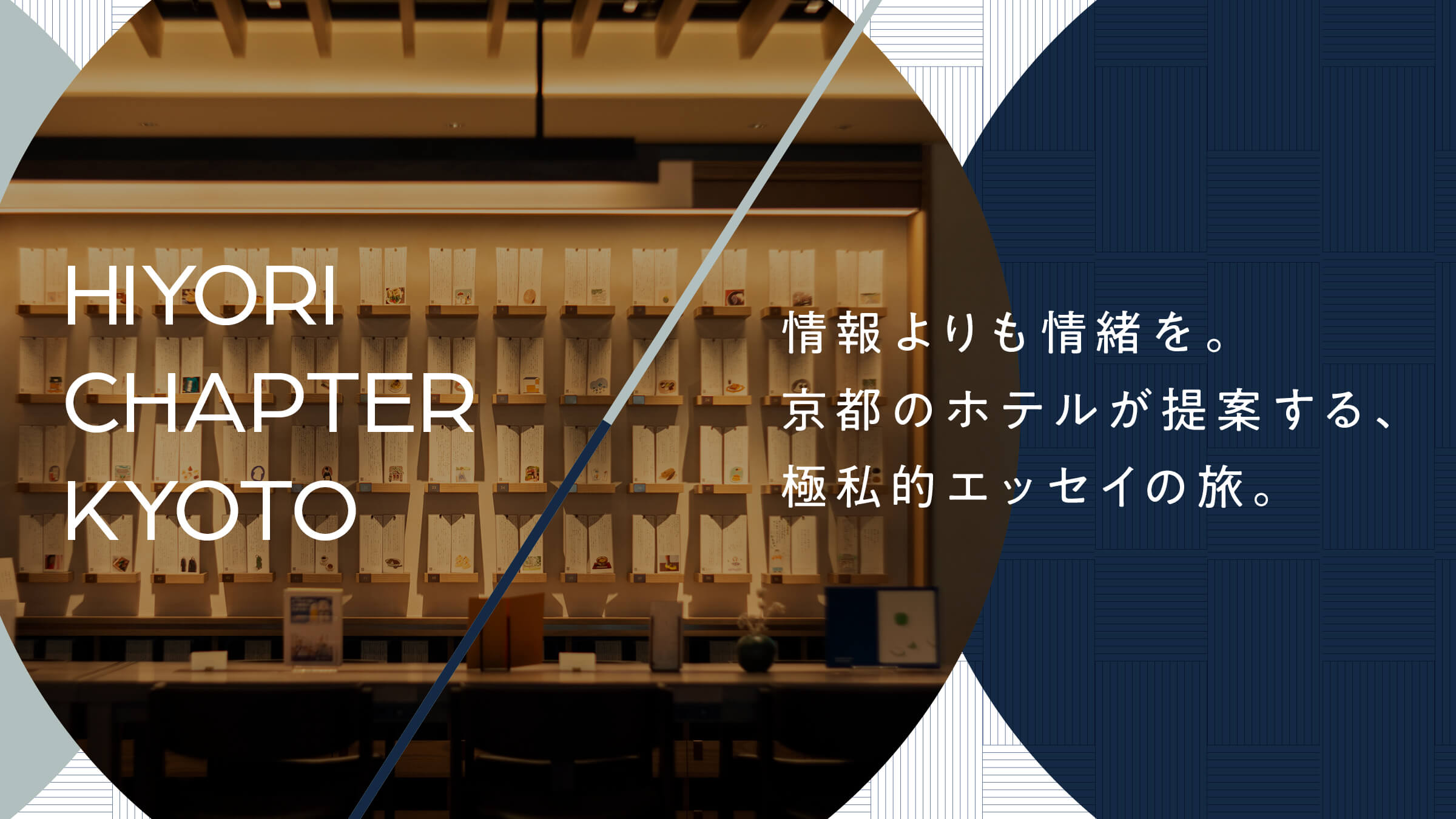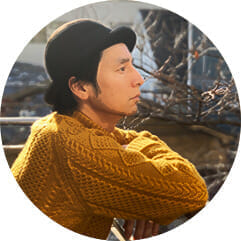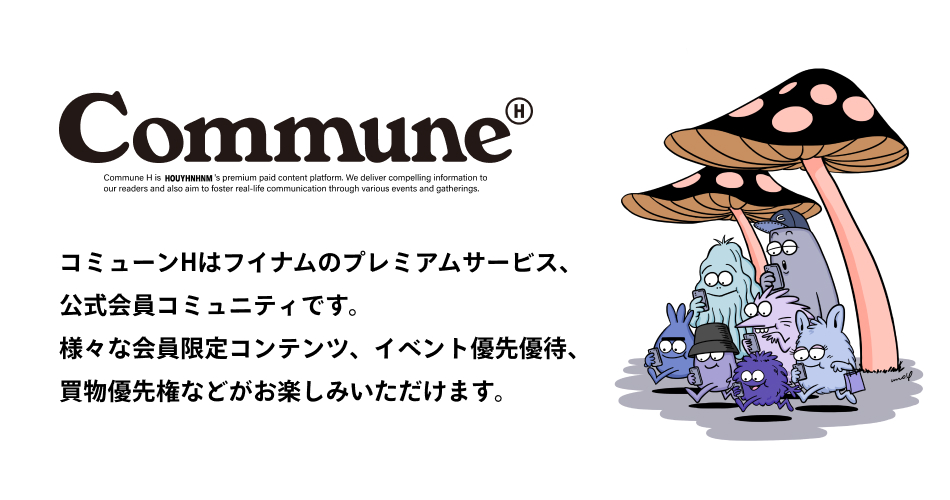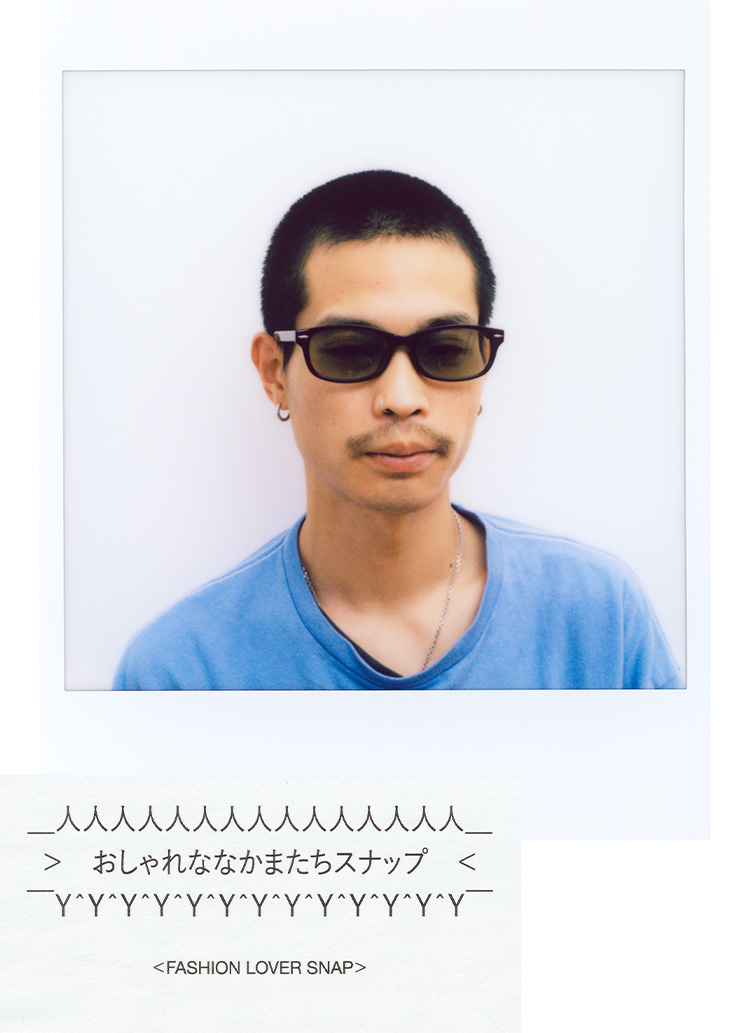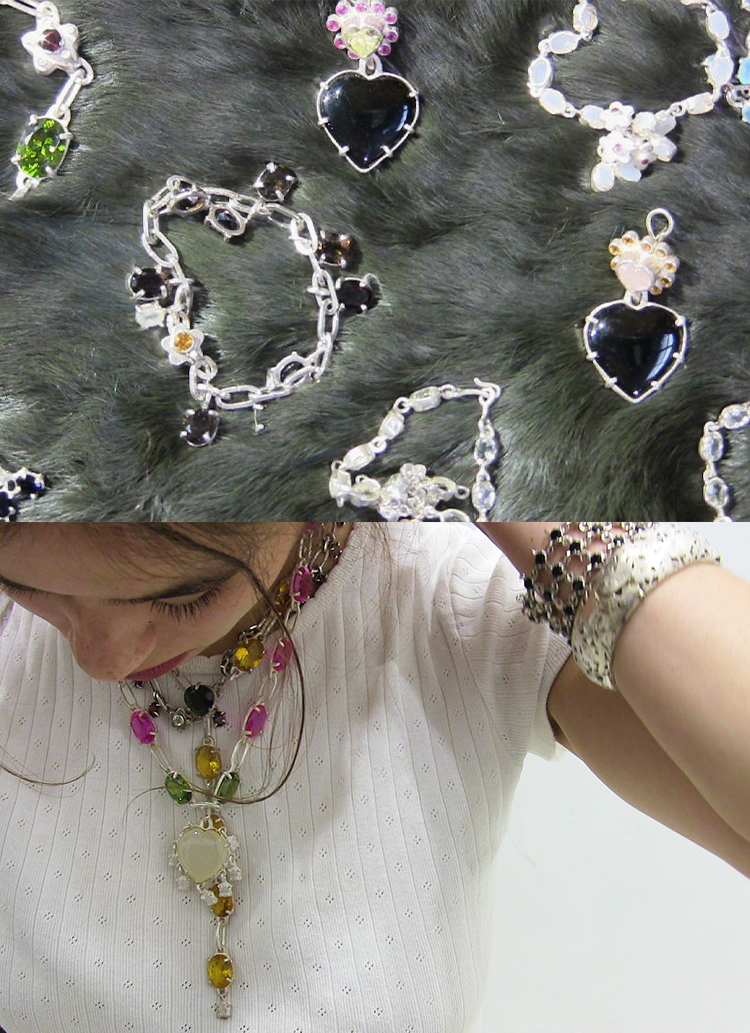
Pretending to be a local, I went to the sauna, "Umeyu".
If I travel, I want to spend time as if I were living there. I want to go out to the pubs that the locals go to, the bakeries, soba noodles shops, and yakiniku restaurants that I use on a regular basis.
The same is true of "Sauna no Umeyu," a public bathhouse in Gojo. The owner, Sanjiro Minato, is a "sentou activist" who has been seen in various media. He loves public bathhouses and has revived those that were on the verge of collapse. Most of the customers of "Sauna no Umebu," which Mr. Minato has rebuilt under his management, are regulars from the neighborhood. The bathhouse is busy not only in the morning, but also during the day and at night.
I envy that the act of "hittopuro in a public bathhouse" is built into the routine of people living in Kyoto, so I adopt the Kyoto routine in a local mood.
When I take a hot bath, I buy coffee milk. A bottle, of course. I go out to the small porch and gulp down the coffee milk while soaking up the fresh air. If the season is good, I let my wet hair dry naturally.
On the way home, buy a Umeyu T-shirt and a Umeyu towel at the counter at the entrance. You can wear the T-shirt on the spot and go home. You can wear the T-shirt and towel on the way back home.
175 Iwataki-cho, Shimogyo-ku, Kyoto-shi, Kyoto 600-8115, Japan
Phone: 080-2523-0626

Sandwich at Cafe Tsuru
Along Marutamachi Dori, north of Nijo Castle. On the ground floor of a condominium building, you will find Tsuru, a coffee shop with a glass door surrounded by plants.
The walls are made of aged dark brown brick, and there is a cream-colored counter table with eight waist-high wooden chairs. Eight waist-high wooden chairs are lined up in a row.
The still soft light of a summer morning shines through the large glass window facing Marutamachi Dori. In the corner of the counter, the mother is reading a newspaper and listening to a Korean drama on TV.
The sandwich set comes with a cup of coffee. Take an egg out of the refrigerator and fry it in a frying pan. I cut cucumber, ham, and lettuce on the cutting board. The siphon in front of me makes a clunking sound, signaling that the coffee is ready. It's a signal that the coffee is ready.
A ham, cucumber, lettuce and egg sandwich on white, chunky bread cut into triangles. Four piles of triangles on a plate. It is a very pleasant volume. I ate the sandwich, which was slightly buttery and crispy, and washed it down with a cup of coffee, which had a clean, refreshing taste. I was embarrassed to let my voice slip out, "Oh, it's so good! Is it good? I've been making the same sandwiches for 43 years. I was happy to hear my mother smile shyly at me.
The only day off for "Tsuru" is Sunday. It is open in the morning from around 6:30 a.m. and in the evening until 6 p.m., when the mother has time to go shopping for dinner and go to the public bathhouse.
〒602-8144
536 Waraya-cho, Marutamachi-dori Omiya-nishiiru, Kamigyo-ku, Kyoto-shi, Kyoto
Phone: 075-842-1889

Akagakiya, an absolute classic of Kyoto's bar culture.
Bar. Izakaya. What is that feeling you get when you see this word with your eyes and say it with your mouth? That feeling of peace of mind and a warm, cozy feeling. It is an extension of everyday life, yet it is an extraordinary world that is very familiar to us. The aura of the store, the time the owner and the drinkers have spent accumulating it. Imagine yourself there, drinking sake and eating delicious snacks without any worries, and you will find yourself floating on the edge of your seat, your mouth relaxed.
Founded in 1934 ((), Akagakiya is a must-visit restaurant for anyone who is moved by the words "bar" and "izakaya" (Japanese style pub). On the left side of the entrance, there is a large L-shaped counter with sake barrels and oden pots, and a "fascinating place" with a flower board man standing. I would like to have a drink at that counter while watching the chef one day.
Sitting on a small table in the back of the restaurant, I order snacks while sipping on a bottle of Kirin classic lager beer. The food is not obanzai or kyo-kappo, but rather a variety of honest bar food. Fresh, seasonal sashimi, sweet and tasty boiled fish, oden and duck were also excellent.
Imagine sitting where I am now, in this Akagaki-ya, which has been roaring to the ears of many mature drinkers for nearly 90 years. No history book or historical movie can compare to the pleasure of sitting here, drinking in the quiet, and soaking up the atmosphere of a bar.
9 Magohashi-cho, Sakyo-ku, Kyoto, 606-8385, Japan
Phone: 075-751-1416

Entering the town's Rouji
Especially in Kyoto, I would like to enjoy the act of getting "lost" intentionally. How about walking east and north, right and left, aimlessly and randomly, following a vague scent or intuition, wandering about aimlessly?
You will find streets that run like a mesh between the large and small streets (called "oji" and "koji") running east, west, north, south, and west. Between stores and stores, between houses and temples, these streets are so narrow that you would miss them if you were walking normally. These are "alleys.
According to what I have heard from an acquaintance who is somewhat famous in Kyoto as an alley enthusiast, "alley" is called "roji. And some streets are called "zushi," depending on the structure of the "roji.
A road connecting streets (major and minor streets) is a "zuko". A road that dead-ends is called an "alley. Zuko" is a street that can be passed through, and "roji" is a street that cannot be passed through. But "roji" is also a generic term for "roji"... I'll stop here because it confuses my mind (and my interpretation of the term is also vague).
When you wander into Rouji, you realize that this may be the true atmosphere of Kyoto. Kyoto is a city that loves new things, a city that preserves and carries on traditions, a city that embraces light and darkness together. Walking in Rouji, you will see the other side of Kyoto.

Shizuya's carne
The end of my trip. In the cab on the way to Kyoto Station, I am thinking about my next arrangements. I have already told the driver to meet me at the Hachijo exit.
The reason to get off at the Hachijo exit on the south side of Kyoto Station is because of Shizuya, a bakery that has been in business in Kyoto for 65 years. That is all. That alone is a sufficient reason.
After entering the Hachijo Exit, you will see the Shinkansen boarding gate (Hachijo Exit), the Midori-no-madoguchi (Midori no madoguchi) on your right and Shizuya on your left. This is the best design of a train line, isn't it?
At the ticket counter, I bought a ticket with a little time to spare. With the ticket counter behind me, I walked to Shizuya.
My favorite is "Carne". Carne" is said to be the national dish of Kyoto people, who boast the largest consumption of bread in Japan. Shigeru Kishida of Kururi said, "When I was a child, I was happy when I had carne for breakfast before going to school.
It is just a simple and rustic carne with ham and shredded onions sandwiched between slightly hard French bread. This is really good.
The more you bite into the bread, the more flavorful it becomes; the soft crispy texture and sweetness of the ham and sliced onions; and the richness of the margarine felt deep inside.
I can't resist, so I buy two to eat on the bullet train and about eight to eat right away in Tokyo.
The fact that it requires refrigeration and is not suitable as a souvenir for long trips is also typical of Kyoto, or rather, it is ephemeral, which is good.
8-3, Higashishiokoji Takakura-cho, Shimogyo-ku, Kyoto-shi, Kyoto 600-8214, Japan
Kyoto Station Hachijo Exit, Asty Road
075-692-2452


